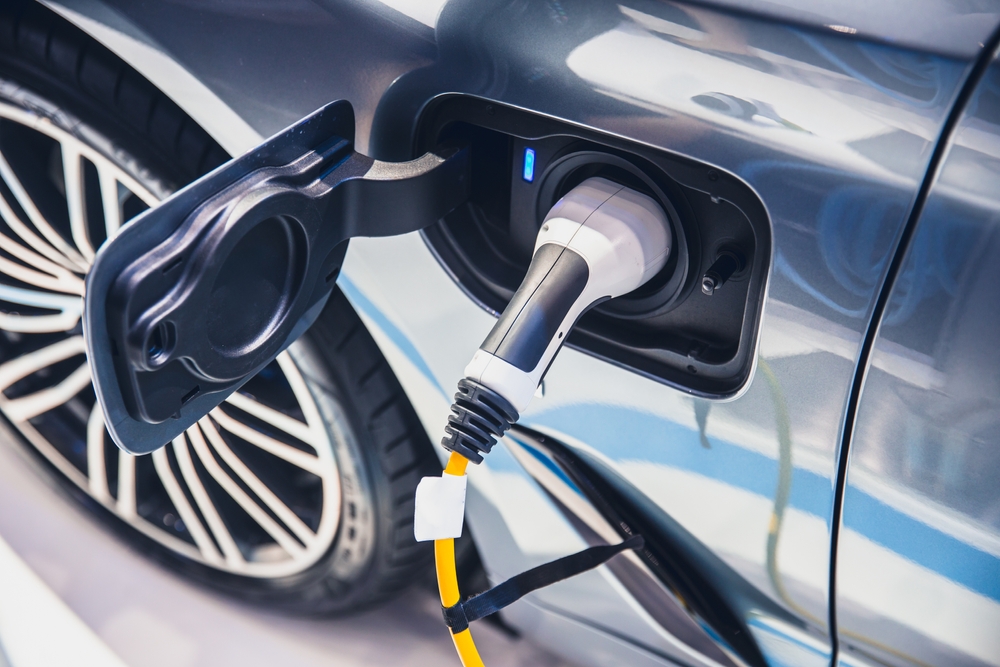If you're thinking about going green and purchasing an electric vehicle (EV) or plug-in hybrid vehicle (PHEV), you're in the right place. Get ready for some electrifying information, as we answer some frequently asked questions about the clean vehicle credit, which can provide up to $7,500 in tax relief for eligible buyers.
In November, we outlined the government’s new EV tax credit in one of our blog articles.
Then, this past January, the government announced their first round of revisions to the EV tax credit guidelines. We explained these updates in a second article, which you can read here.
On March 31, 2023, the government announced that additional updates were made to the credit restrictions, which we’ll be covering in this article.
But wait, there's more!
Starting April 18, 2023, these new guidelines will focus on reducing reliance on China for EV battery components. This change will make it harder for some vehicles to qualify for the full $7,500 credit. Plus, the requirement for EVs to be assembled in North America eliminates 70% of models from qualifying already. Experts estimate that "few" EVs on the market will qualify for the full credit after April 17th.
Here's a quick rundown of the new guidelines:
-
To qualify for a $3,750 credit, 50% of the value of battery components must be produced or assembled in North America.
-
The Treasury will devise a 4-step process for determining battery component value.
-
-
To qualify for an additional $3,750 credit, 40% of the value of critical minerals must be sourced from the United States or a free trade partner.
-
The Treasury will develop a 3-step process to determine the value percentage of critical minerals.
-
Vehicles placed in service on or after April 18, 2023, must meet critical minerals and battery sourcing requirements to claim the credit. You can review an updated list of qualifying vehicles here.
If you ordered a new clean vehicle and don't receive it until a subsequent year, the credit should be claimed in the tax year the vehicle is placed in service. Also, remember that the previously owned clean vehicle credit now requires the vehicle identification number to be included on Form 8936. Lastly, you cannot claim a qualified commercial clean vehicle credit for a vehicle that already claimed a new clean vehicle credit.
Keep in mind that vehicles placed in service on or after January 1, 2023, have significant changes to the credit, including increased minimum battery capacity, new MSRP limitations, and income limits for taxpayers.
The new clean vehicle credit offers significant financial incentives for those looking to purchase an electric vehicle. However, it's essential to verify the eligibility of the vehicle, the final assembly location, and be aware of income and price limitations.
By staying informed and following the guidelines, you can make the most of this tax credit and contribute to a cleaner environment. Happy EV shopping!
For further information, visit our previous articles about the Clean Vehicle Tax Credit so that you can stay on top of the updates now and in the future.
Published on November 8, 2022
2022 Tax Credit for Electric and Hybrid Vehicles
Published on January 4, 2023
New Guidelines for the Clean Vehicle Credit: What You Need to Know
To learn more about the newest updates, review the IRS's fact sheet here.



